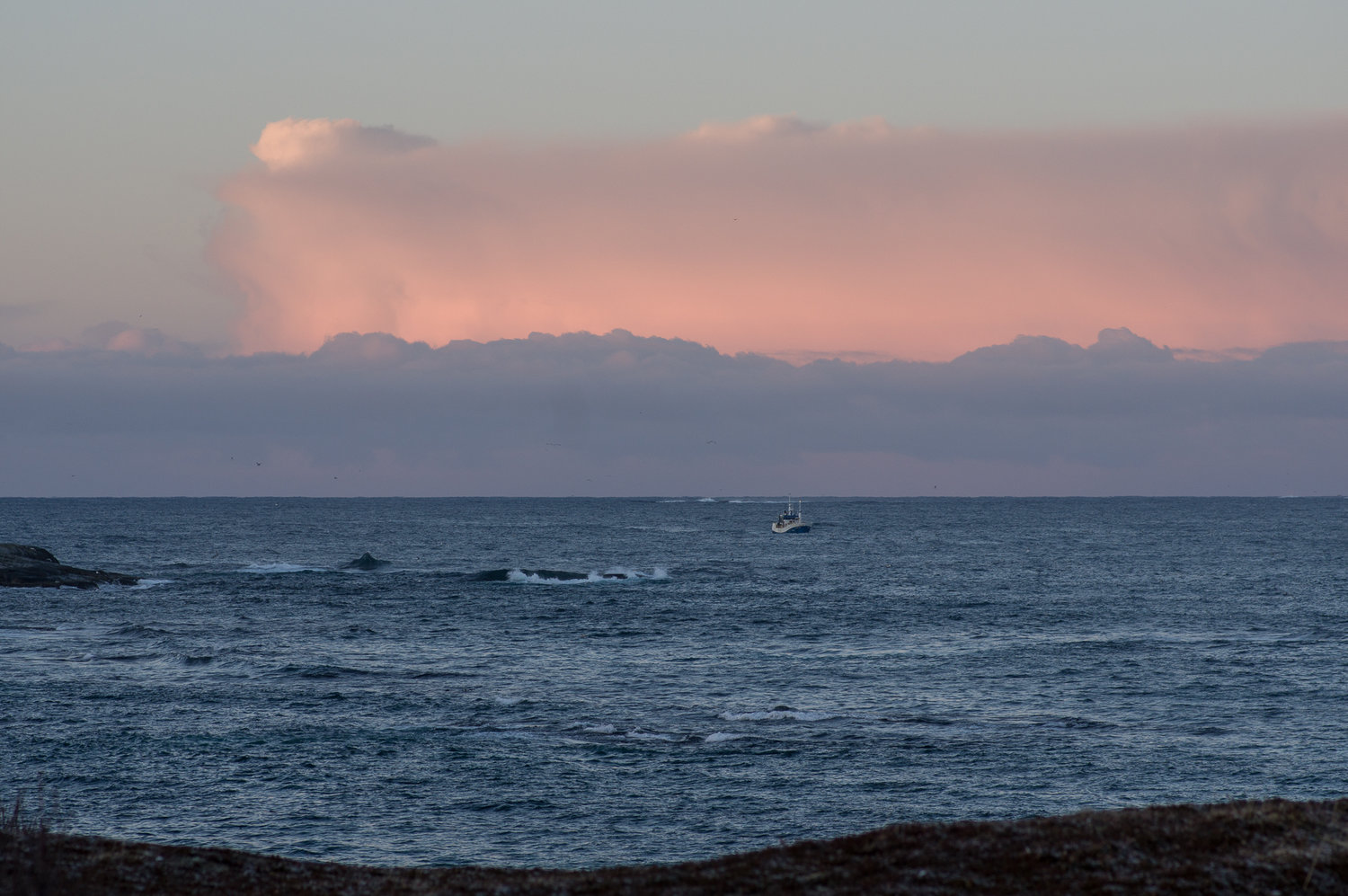How well are we forecasting Arctic weather?
/Sommarøya, Troms, 2015. Photo: Gunnar Noer.
Questions and answers with lead author Morten Køltzow
A study of four different forecast systems reveal many similar challenges. Different weather prediction models forecast the same large scale weather, but local details vary. The results indicate that AROME-Arctic is the best operational forecasting model for the north-east European Arctic winter.
- Why was it important to do this study?
- Increased human activity in the Arctic calls for accurate and reliable weather predictions. This study is a contribution towards a better understanding of short-range (e.g. hours to a few days) forecast accuracy in the Arctic. In general, the forecast accuracy decreases as we move poleward, but we lack detailed knowledge about present Arctic forecast capabilities.
- What are your main findings?
- Our main finding is that different forecast systems forecast the same large scale weather, but varies in their local details. Furthermore, forecast accuracy varies with region (coast, fjords, inland, mountains), weather parameters (temperature, wind speed, cloud cover and precipitation), and how far in advance the forecasts are made. In general, many findings confirm similar behaviour in the Arctic as at mid - or lower - latitudes, but some of them might be more pronounced in the Arctic.
Most interesting is maybe the common weaknesses across the four forecast systems evaluated, such as forecasting temperature during cloud free, calm weather, an underestimation of temperature in windy conditions, the distinction between freezing and melting conditions, underestimation of solid precipitation, less skillful wind speed forecasts over land than over ocean, and difficulties with small-scale spatial variability.
It might seem surprising that temperatures during calm weather are difficult to forecast, but this happens when there is little transport of colder or warmer air masses and in the absence of solar heating, during nighttime and in the Arctic winter. This results in very local processes that are difficult to simulate in any forecast system.
In addition we show examples on the added value of regional higher resolution forecast models compared to global coarser resolution models. However, forecast errors grow faster in the high-resolution models, so the added value is highest for shorter lead times.
We also found examples on how observation errors and representativeness can account for a substantial part of the difference between forecast and observations in standard verification. To establish the true forecast accuracy is therefore challenging.
- Who are these results useful for?
- These findings are interesting for everyone involved in short-range weather forecasting in the Arctic. Of course, in particular for the users and developers of the four forecast systems that we have compared. But they are also useful for a broader audience, since many common weaknesses can be expected to be found also in other systems. Operational meteorologists can take typical deficiencies into account when they make daily forecasts, while developers can use this study as a guide for where further developments are needed. Knowledge about limitations in present forecast capabilities can also help advanced end-users of weather forecasts, for example people working in the fishing and tourism industries, to make better decisions.
- What’s the next step?
- The next step will be to dig further in to short-range forecast capabilities in the Arctic. This is a summary study of forecast capabilities during winter, but we should further increase our knowledge on the forecast accuracy in summer, for specific weather phenomenas and the impact of observational errors.


